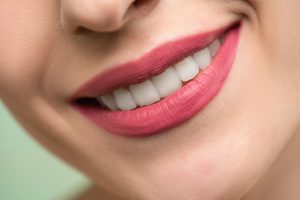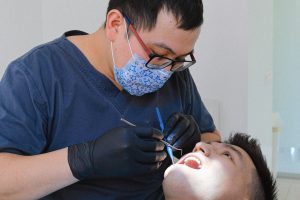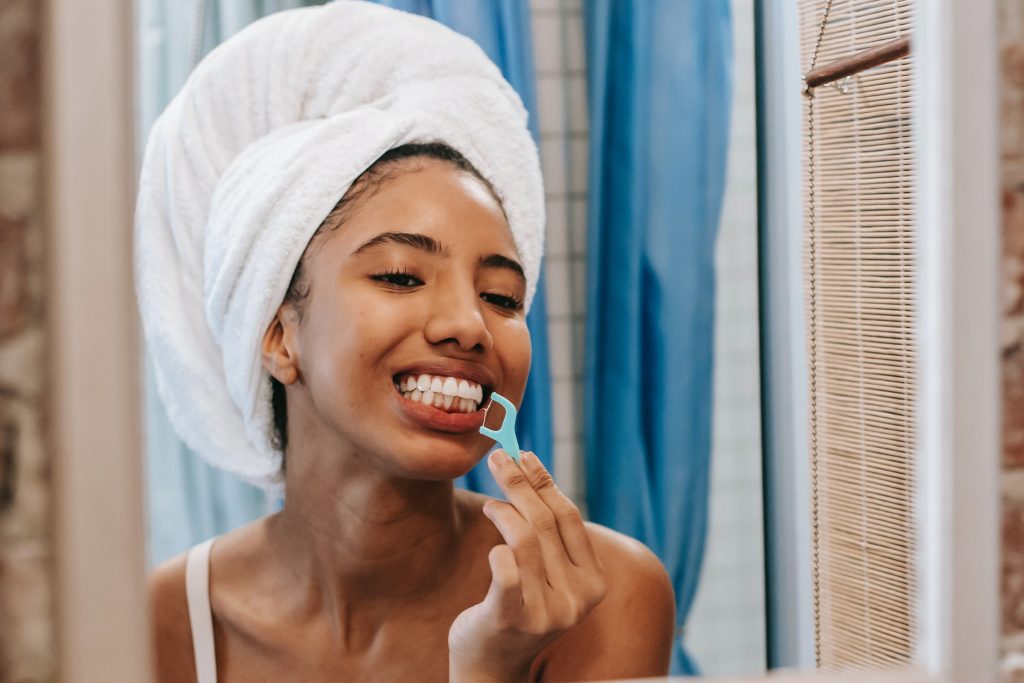Dental treatments such as teeth strengthening are slow, a little uncomfortable, and costly. A simple treatment can pull a bill of $4,000 and can even go up to $7,000. Plus, the consultation’s expenses to the constant follow-ups accompanied by the tools will start adding up throughout the years. So, this is where the Candid comes to the rescue as it is affordable and less daunting. With this Candid aligners review, you will be able to digest the idea and reason behind its popularity.
Candid acts as a great alternative to people with teeth positioning issues from mild to moderate. It includes crowding, protrusion, and spacing. This brand provides the same custom-built aligners that you get from the traditional dentist. But they mix this remote observation and the opportunity to create your homespun dental feeling. In between 5-8 months, you will possess a natural, symmetrical smile with lesser work and money.
How Does Candid Work?
You have two options to choose from. You can either take impressions and pictures of your teeth at home or proceed to do it via a Candid studio in your vicinity- the at-home choice. This starter kit will cost you $95. But through site promotion, it retails for $47.50 now. And the Candid Studio offers free experience and comes with a specialist who will do the scanning work for you.
The procedure should take up to 30 minutes to produce all the necessary details for creating your treatment plan. And if your orthodontist says that Candid doesn’t fit for you after obtaining your starter kit’s results, you will get a full refund. You will need to mix putty and stick it inside five trays and make self-impressions of your teeth. You need to do this with the at-home kit.
It can be a little tricky for self-management when you possess a sensitive gag reflex. Plus, it might be best to have someone nearby for assistance. You can ask a friend to help you out and take pictures of your various bite angles. Make sure to use a cheek stretcher for securing a clear, clean shot. If you are living somewhere distant or just busy in general, then the at-home option is recommended.
But if you can make an appointment or live nearby a Candid studio, then go ahead. You will have professional treatment with an experienced specialist. The specialist will use an optical laser can for sweeping over all your teeth areas. They will make a digital model replica of your teeth. The studio option is less frustrating and quicker. You will be delighted to know that every single Candid treatment is going to cost you $1900.
It is super affordable compared to traditional braces, Invisalign, and other brands. The Candid treatment plan is going to depend on your specific requirements. The majority of the customers under Candid finish their treatment in six months at an average. So, you will be able to complete it within that time frame or even faster. Most of the patients can follow this regiment for the 6-Week passive healing stage:
- You need to wear your Candid retainers for 22 hours per day for the first 2-Weeks.
- Start shifting it to 18 hours per day for the 3rd and 4th weeks.
- Now wear them for 12-14 hours in a day for the 5th and 6th weeks.
- After the completion of the passive healing stage, wear them for 8-Hours every day at night.
How Does Candid Work?
Here are some of the features of Candid aligners:
- The typical treatment is going to last for six months.
- You will need to take impressions and pictures at home.
- There is no commitment as there is a full refund policy for non-candidates.
- Your orthodontist will help you keep track of the progress.
- Financing is available, and HSA/FSA is acceptable.
- Support is present seven days a week.
How Do I Sign Up for Candid Aligners?
The sign-up process of becoming a candidate for Candid Aligners takes place with the following steps:
- A Short assessment is necessary to know if you are eligible for it.
- You can visit the nearest Candid studio to get your free 3D Scans or order the Candid starter kit to take out your teeth mold.
- After getting your treatment, you need to follow all the instructions for wearing the aligners. You will receive them in your mail when it does arrive.
- You need to wear your retainers after the Candid treatment. It will help you in keeping your teeth together.
- Along the way, you need to start whitening your teeth with the whitening foam that you get in the package.
- It will cost you $1900, but you can pay $88 monthly for the next two years.
The Pros & Cons of Candid
Pros
- It is affordable compared to traditional treatments.
- Payment methods are flexible.
- It is clear on the risks + eligibility involved.
- You have the option to pick between a physical diagnostic procedure accompanied by remote follow-ups or complete remote treatment.
- Registered dental specialists do the design and supervision of all treatments.
Cons
- It is a little more expensive than Byte and Smile Direct Club.
- Dental impressions at home can be a little complicated.
FAQs (Frequently Asked Questions)
Do Candid Clear Aligners Work?
Yes, Candid helps fix multiple forms of teeth problems via custom-fit aligners. Every Candid aligner is different, and you would require one by going through the eligibility procedure. This treatment is affordable and time-saving compared to most brands or physical treatments. As long as you remain consistent with the wear time, you will see your teeth come to the perfect formation.
Is Candid Co Safe?
Yes, Candid Co is perfectly safe for all the patients. Over the years, it has shown and proven to be quite safe. It is effective, especially for dental patients with lower risk. These clear Candid Co have been present now for over 20 years. It is accompanied by studies that show that this treatment is far safer than braces. So, you can trust all the good Candid reviews that are out there.



